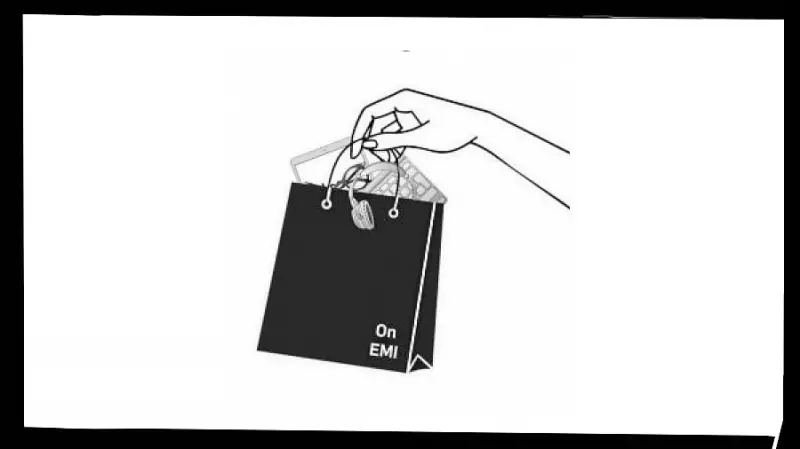
A quiet financial storm is brewing in Indian households, with debt levels surging at an unprecedented pace that should alarm every economist and policymaker. Recent data reveals a disturbing trend that could have far-reaching consequences for the nation's economic stability.
The Alarming Numbers Behind India's Debt Boom
Household debt in India has been growing at a staggering 35% annually, significantly outpacing the country's GDP growth. This explosive expansion represents one of the fastest increases in debt among major emerging economies worldwide. The numbers paint a picture of a nation increasingly reliant on borrowed money to sustain its lifestyle and aspirations.
What makes this trend particularly concerning is the composition of this debt. Unlike previous decades where housing loans dominated household liabilities, today's debt portfolio includes substantial unsecured loans, credit card debt, and personal loans that carry higher interest rates and greater risks.
The Triple Threat Driving Household Debt
1. Education Costs: The Dream That's Breaking Banks
Indian parents are taking on massive debt to fund their children's education, both domestically and internationally. With private education costs skyrocketing and foreign degrees becoming increasingly expensive, families are mortgaging their futures for educational aspirations.
2. Healthcare Expenses: Medical Emergencies Becoming Financial Catastrophes
Despite government healthcare schemes, out-of-pocket medical expenses remain crippling for many Indian families. A single medical emergency can push households into debt cycles that take years to escape, with many turning to high-interest personal loans to cover unexpected medical bills.
3. The Digital Lending Revolution: Easy Money Comes at a Cost
Fintech companies and digital lending platforms have made accessing credit as easy as a few taps on a smartphone. While this has improved financial inclusion, it has also created a generation of impulsive borrowers who may not fully understand the long-term consequences of their debt decisions.
The Economic Domino Effect
This household debt surge isn't just a personal finance problem—it's a macroeconomic threat. As more income goes toward debt servicing, consumer spending on actual goods and services decreases. This could potentially slow down economic growth and make the country more vulnerable to economic shocks.
Economists warn that if this trend continues unchecked, we could see:
- Reduced household savings rates
- Decreased consumption during economic downturns
- Increased vulnerability to interest rate hikes
- Potential ripple effects on the banking sector
Beyond the Urban Myth: Rural India's Growing Debt Burden
While urban centers like Mumbai, Delhi, and Bangalore show high absolute debt numbers, the growth rate in rural household debt is equally concerning. Agricultural households and small-town families are increasingly accessing formal credit, often for non-productive purposes that don't generate additional income to service the debt.
The Path Forward: Solutions and Safeguards
Addressing this silent crisis requires a multi-pronged approach. Financial literacy programs need to be strengthened, particularly targeting young borrowers. Regulatory frameworks for digital lenders require tightening to prevent predatory lending practices. Most importantly, households need to recognize that today's easy credit could become tomorrow's financial nightmare.
The time to address India's household debt crisis is now, before what's currently a concern becomes a full-blown economic emergency.





